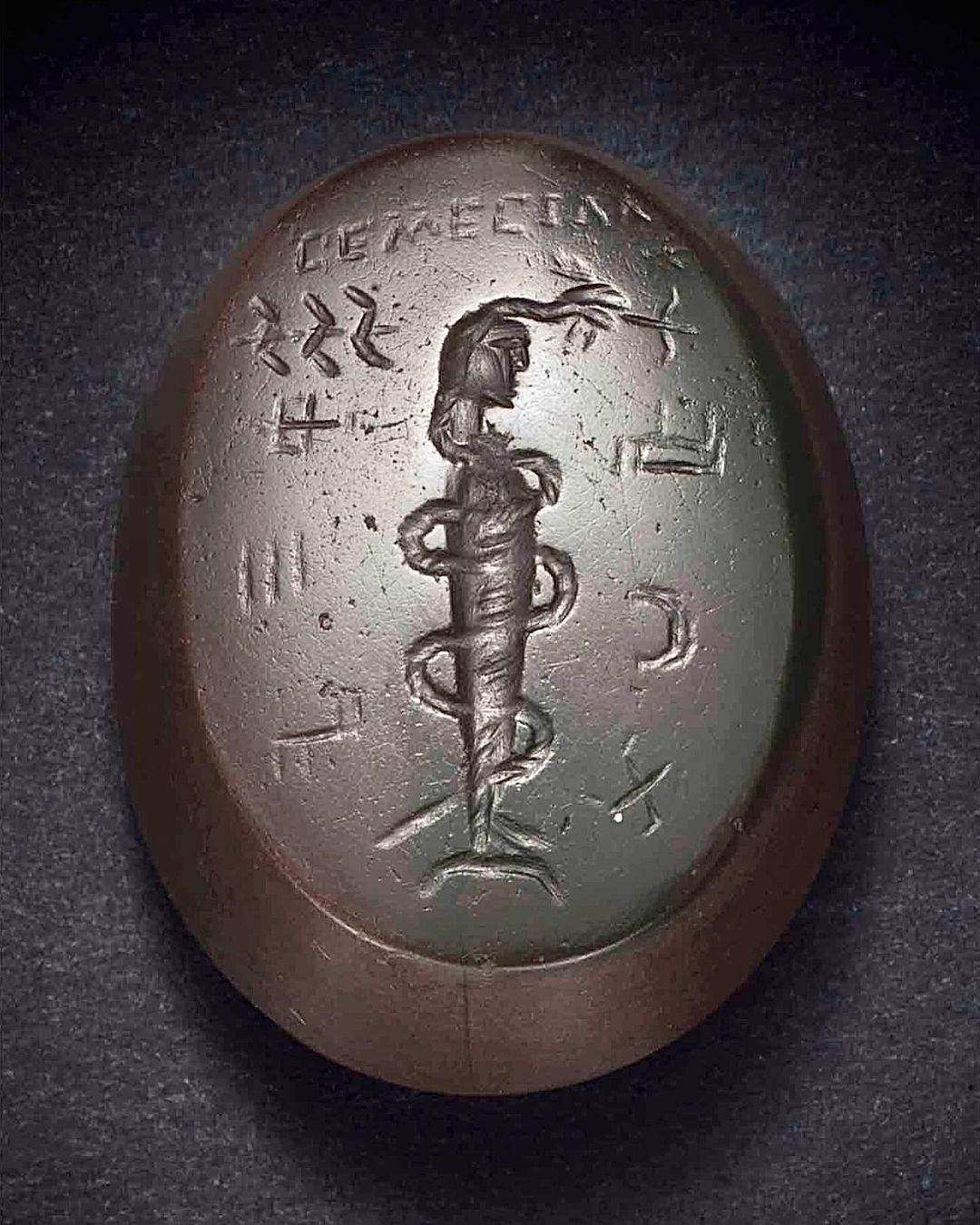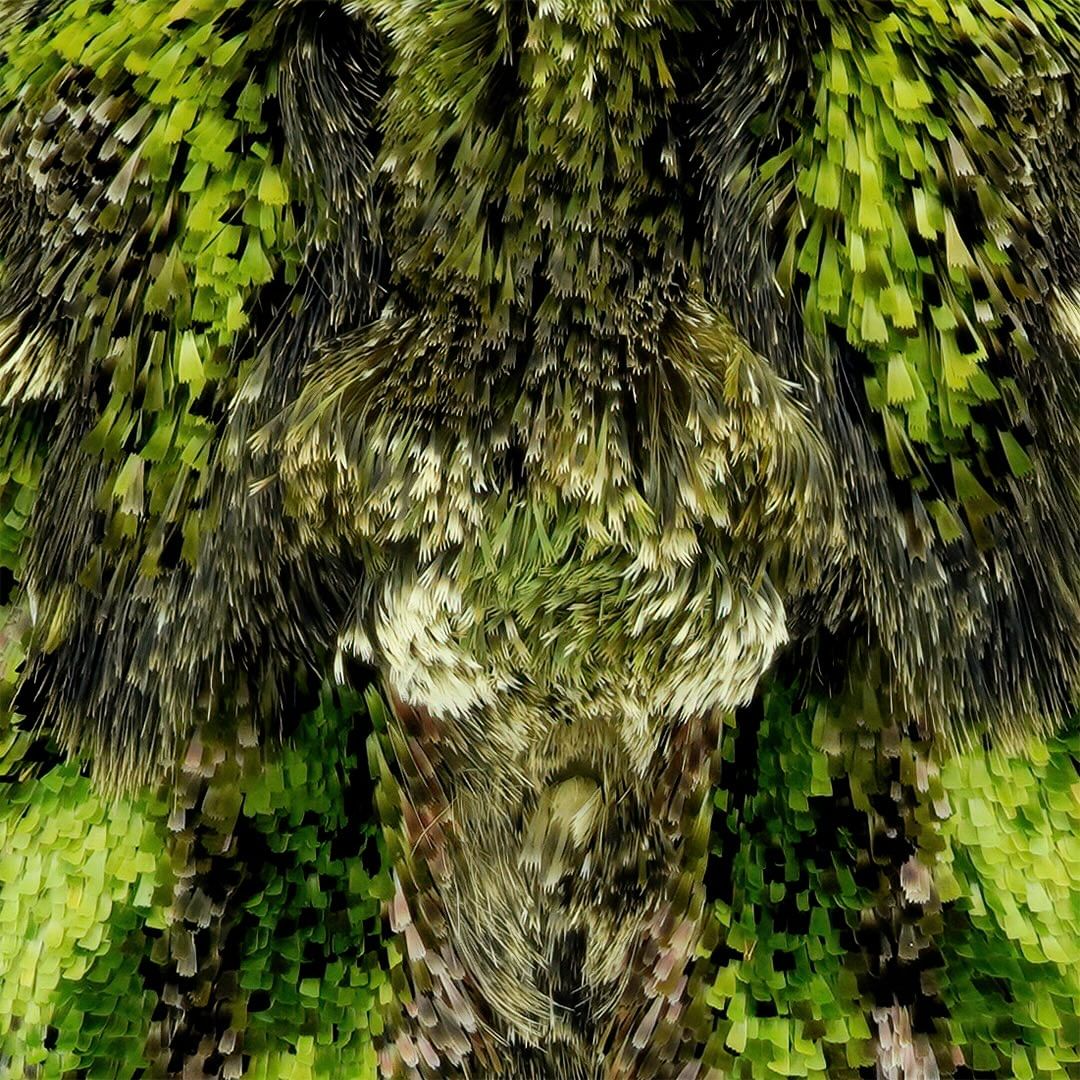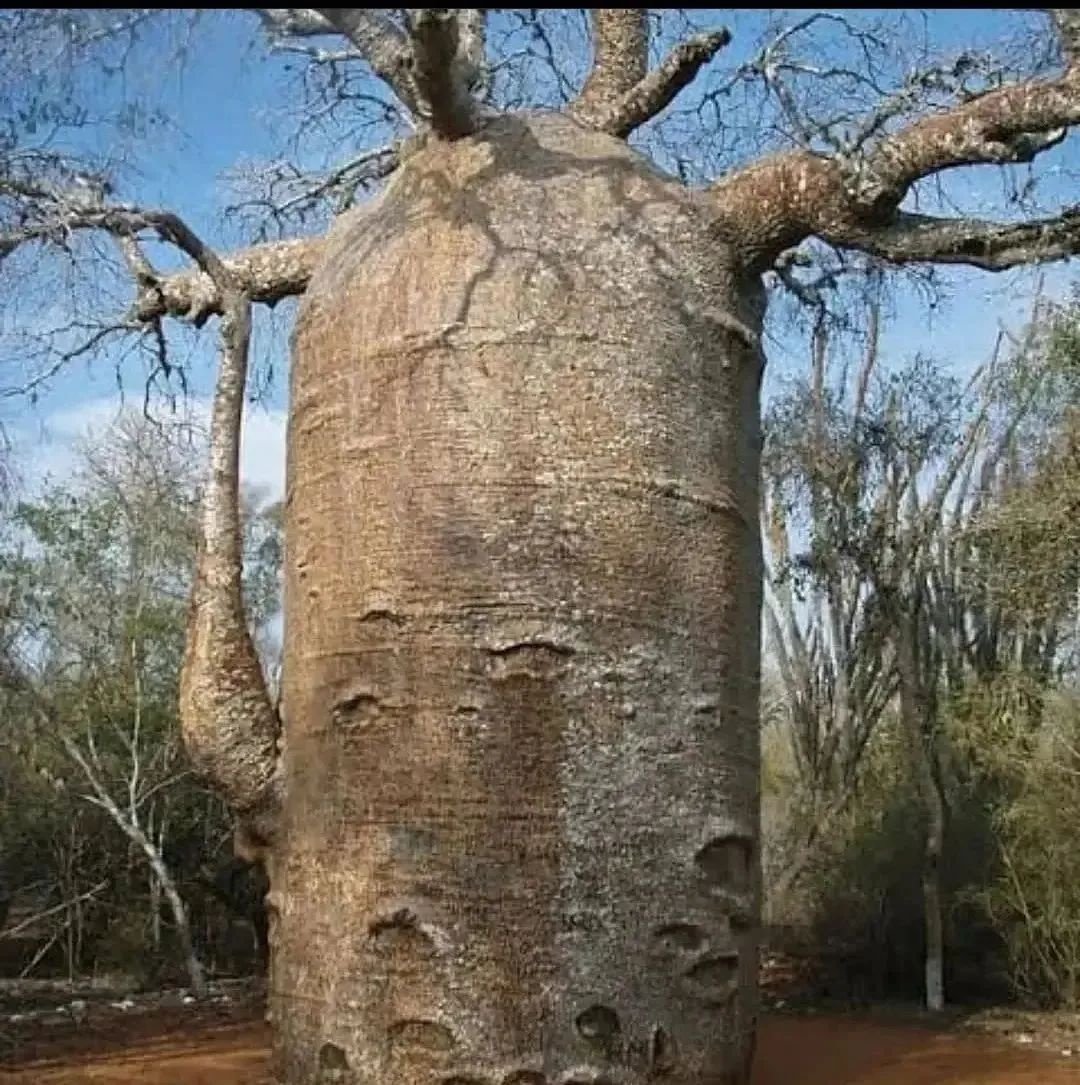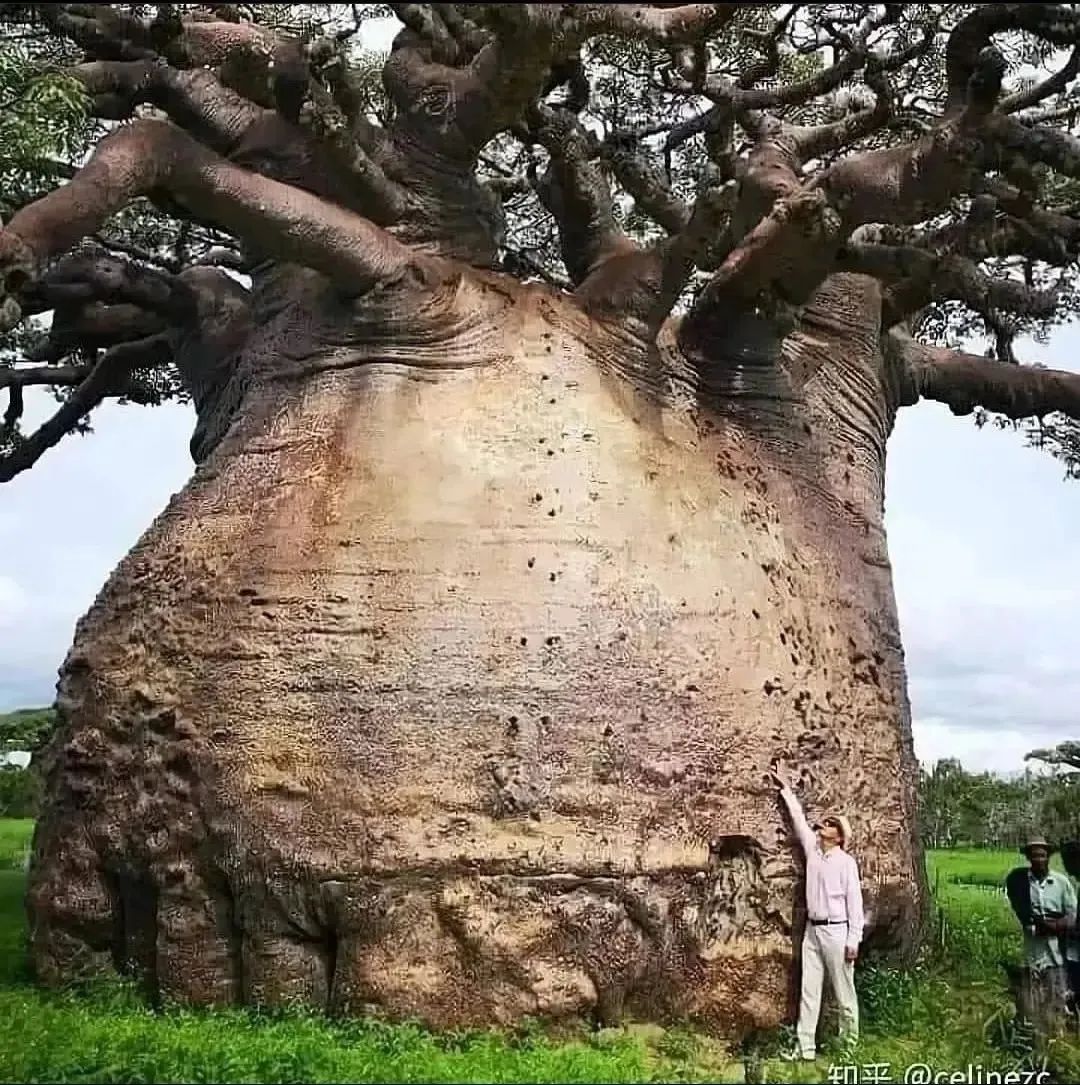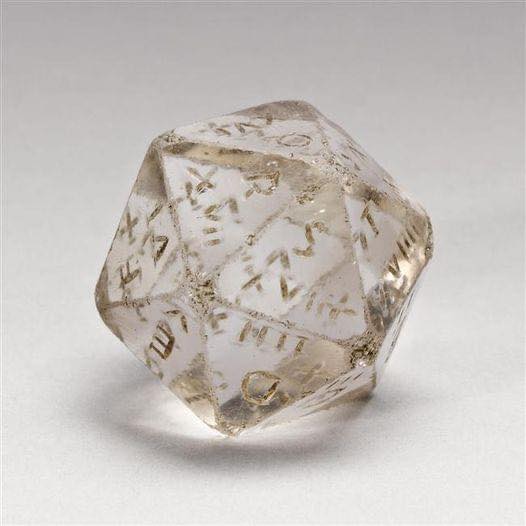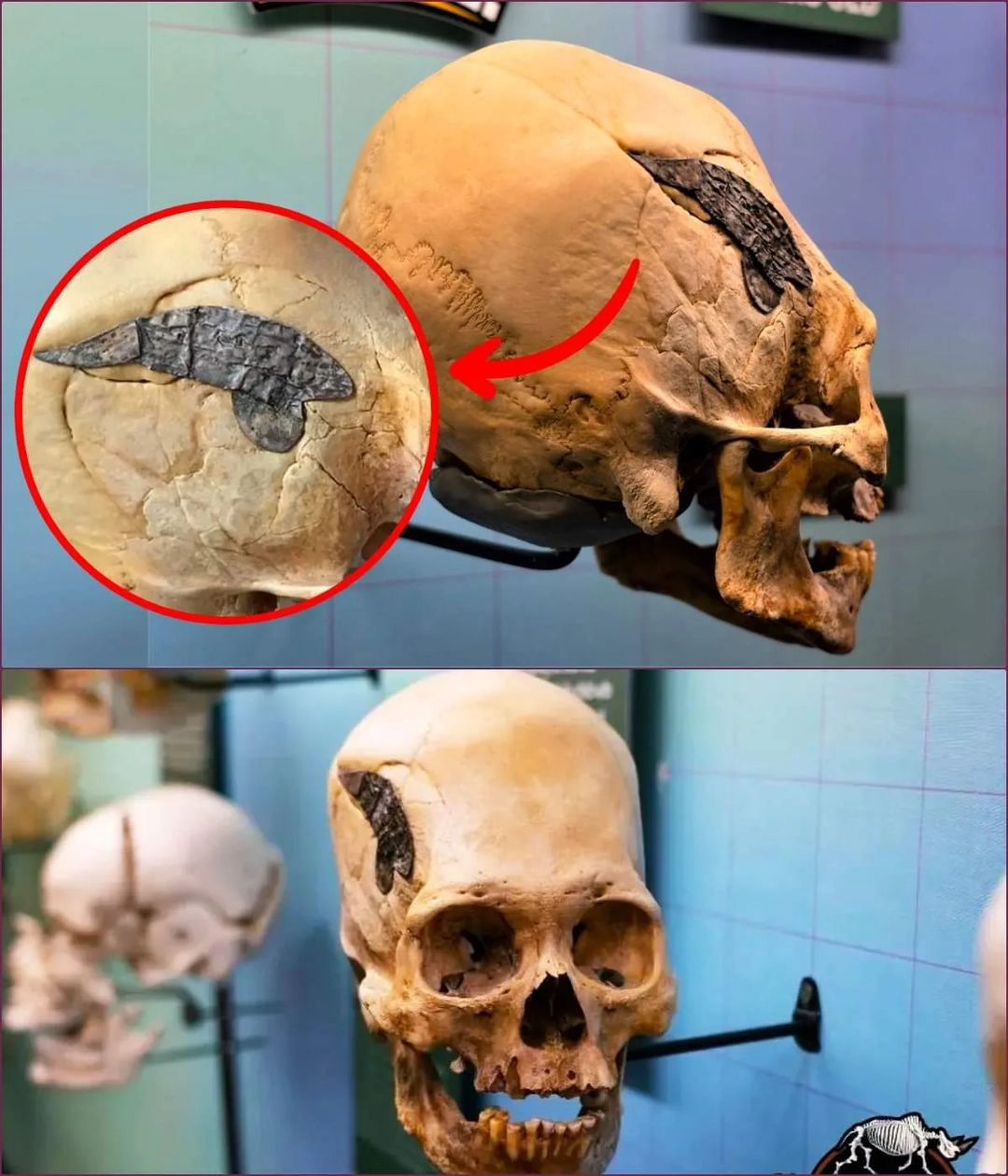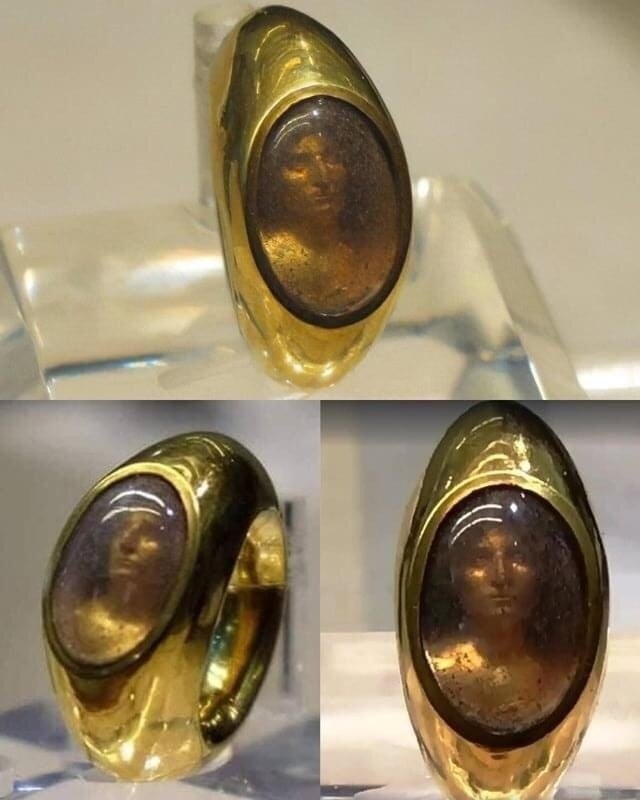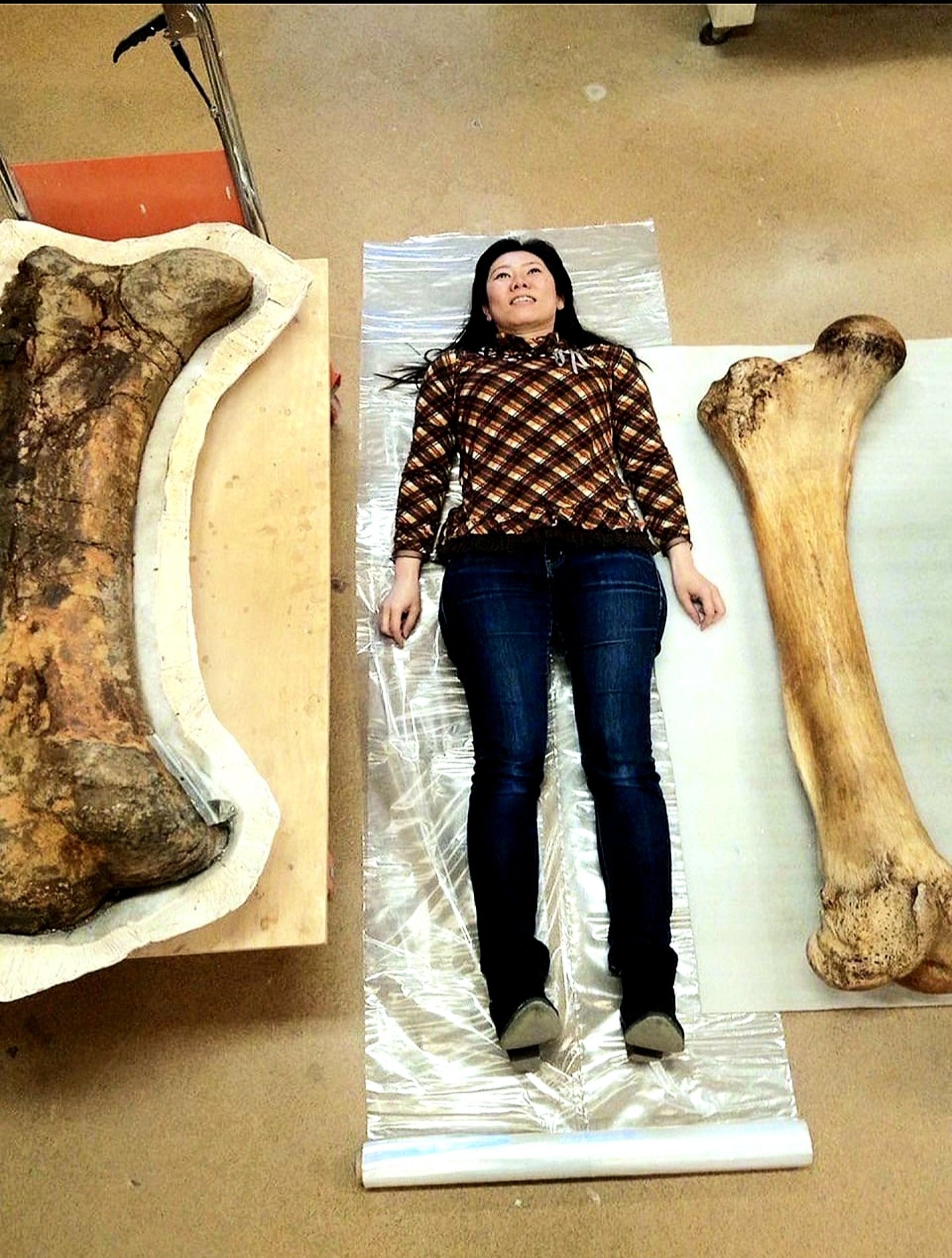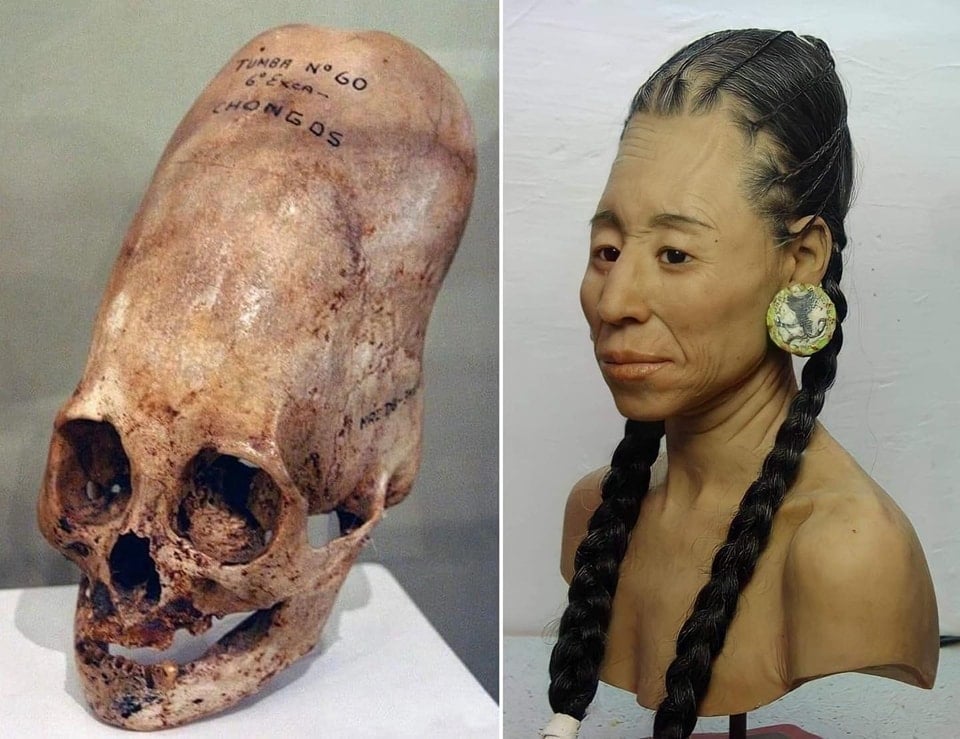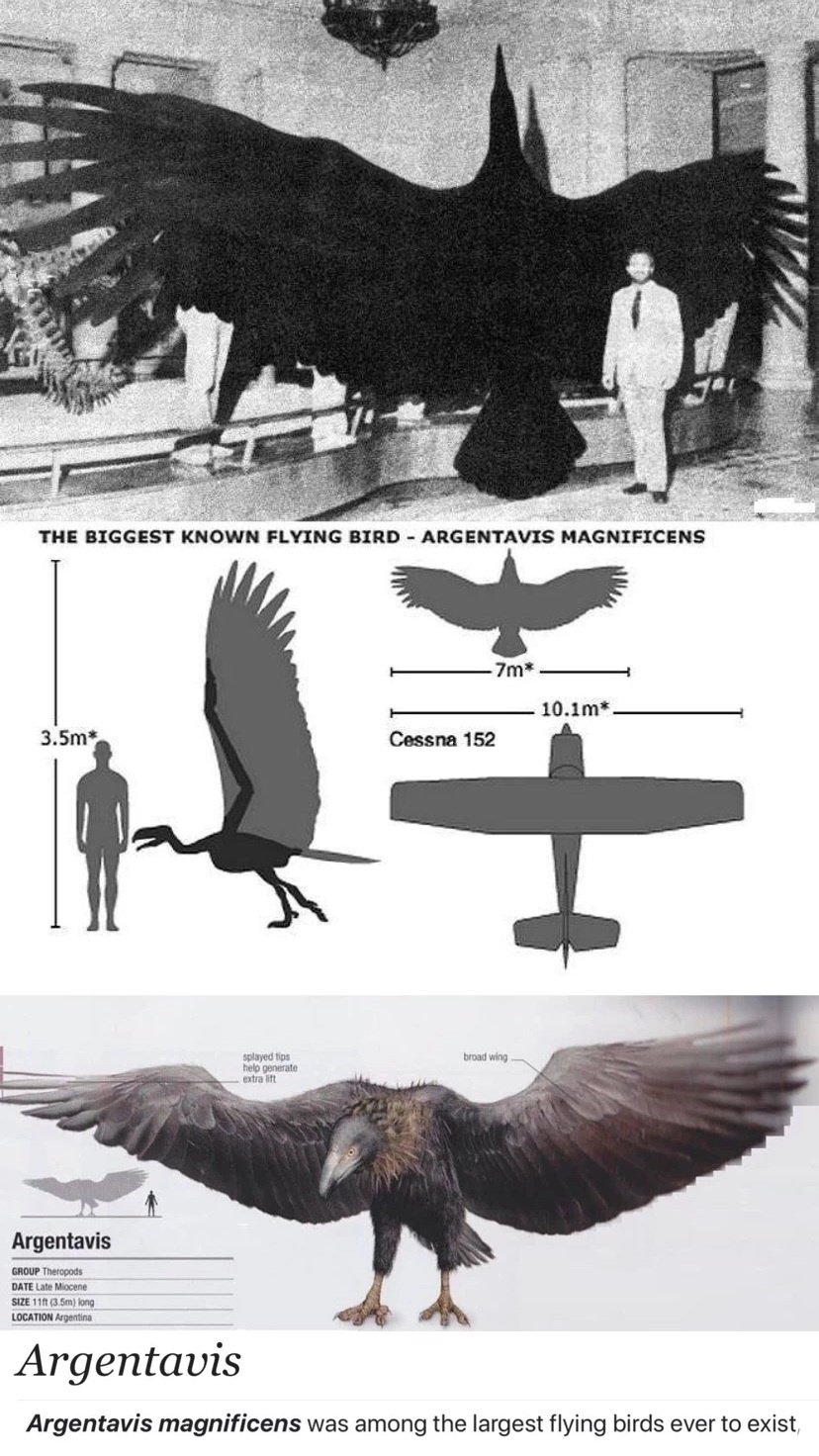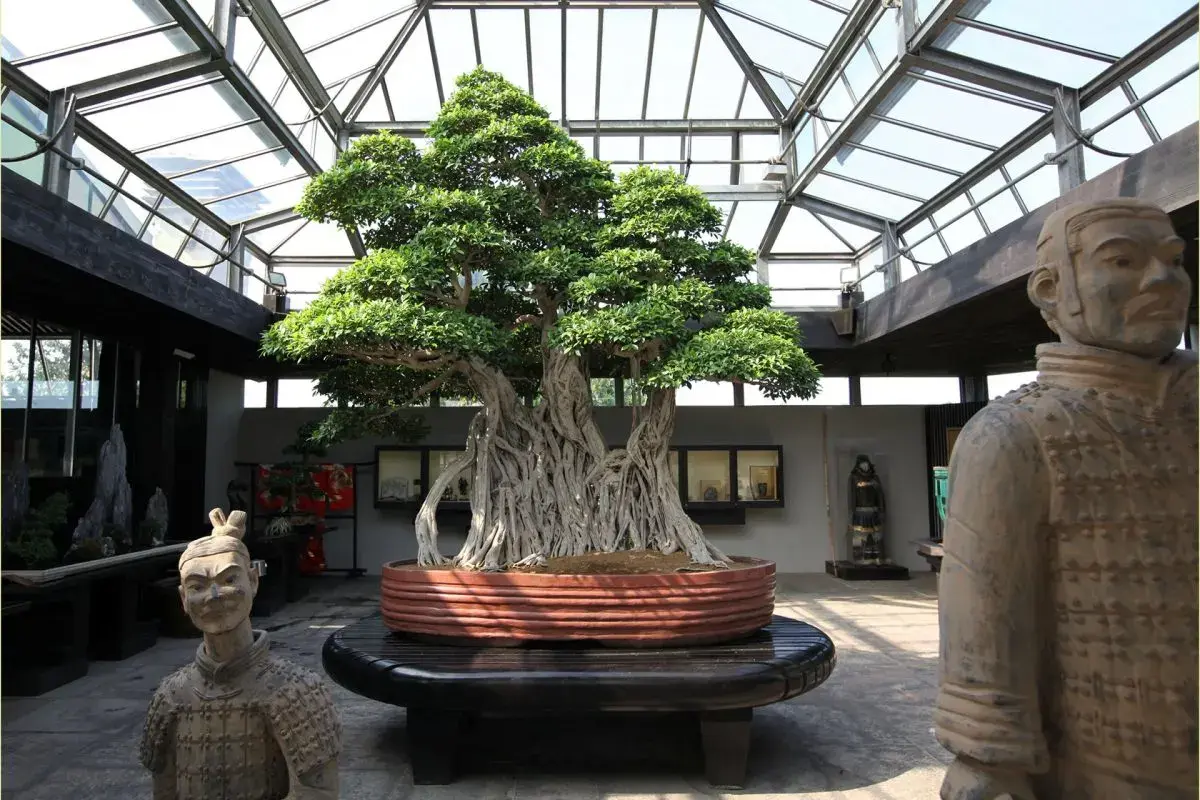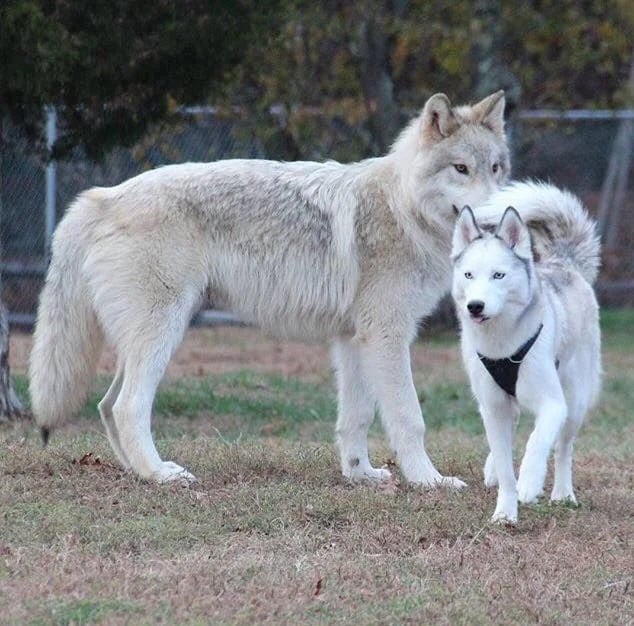BeWowed
696 readers
1 users here now
A friendly place for people to share exceptionals videos and images that will leave other users ~~speechless~~ wowed!
Community Rules:
- No hate, be respectful
- No spam
- No self-promotion
- No Illegal Content
- No Porn/Sexually Explicit Content
founded 2 years ago
MODERATORS
1
2
3
4
5
6
7
8
9
10
11
12
13
14
15
16
17
18
19
20
21
22
23
24
25
view more: next ›
